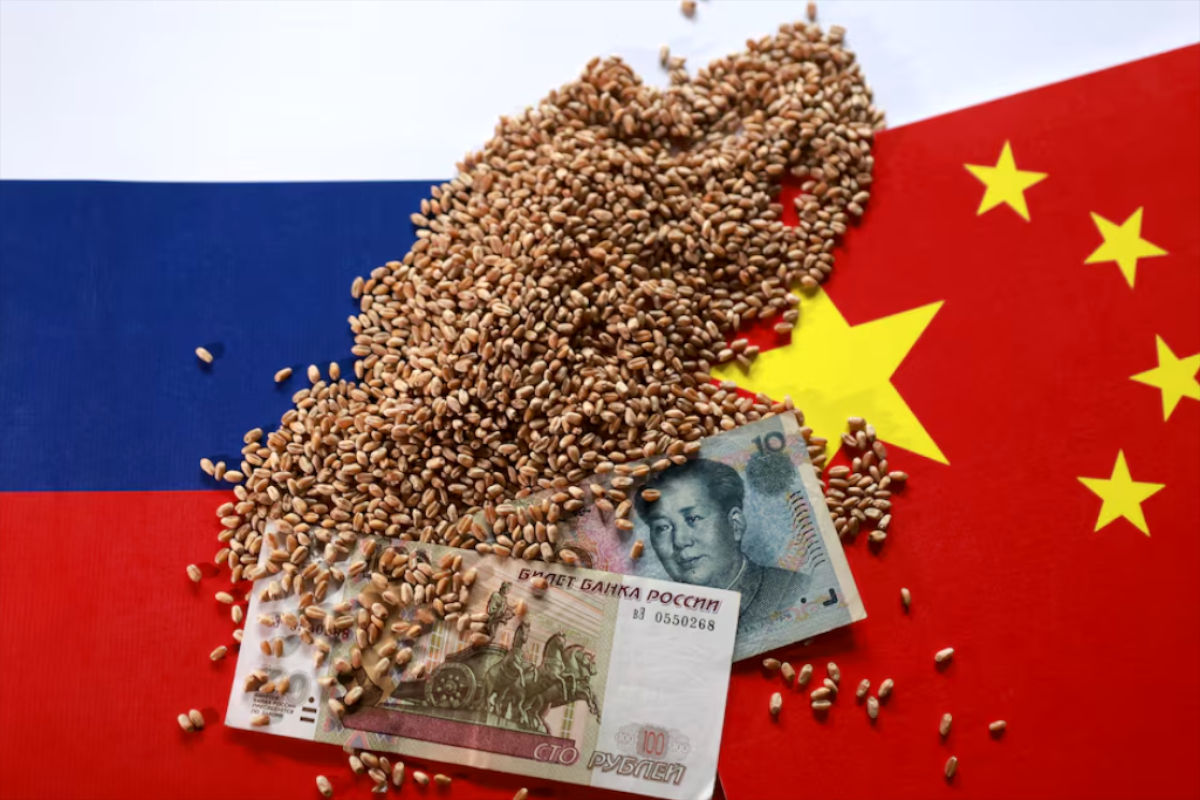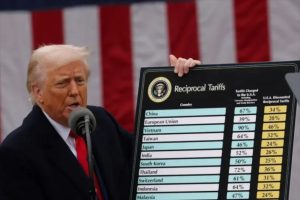Dollar hegemony decline defines the new era of global finance, where sanctions and alternative settlements expose the political weaponization of the U.S. currency
The Dollar as a Weapon and Its Exhaustion
In 2022, Washington struck at global finance as if it were spending other people’s money like its own. Hundreds of billions in Russian reserves were frozen with a single stroke of the pen. That move tore off the last mask: the dollar was revealed not as a symbol of the “free market” but as a club in the hands of the White House.
Every new sanction and every fresh tariff drove more nails into the coffin of the myth of the American currency’s neutrality. The dollar ceased to be a universal medium of exchange and fully turned into an instrument of blackmail. For Asia, it sounded like a siren: infrastructure tied to the dollar had turned into a ready-made trap, controlled by someone else’s political decision.
A financial war is tearing apart systems of trade and settlement, and it is Washington pulling the trigger. Each new measure weakens trust in the dollar and accelerates the flight from it. Asia has already become the arena where currency dependence collides with sovereign policy — and this clash is unfolding in real time.
Asia Builds Parallel Frameworks
The response takes shape in the construction of its own pillars. BRICS+ and the SCO are accumulating the architecture of parallel settlements. In the backrooms of forums, bonds, alternative payment mechanisms, and bypass routes around SWIFT are being discussed. The complexity of these processes does not obscure the central fact: the dollar is losing its monopoly in Asian transactions.
China is strengthening CIPS, turning it into a working counterpart of Western channels. Beijing has gone further, with the People’s Bank of China officially declaring support for the yuan in cross-border payments, pricing, investment, and financing — and tightening the regulatory backbone of CIPS itself. Russia is redirecting major flows into the yuan, building an insurance policy against the next American freeze. India is experimenting with rupee-based settlements, carefully balancing but not losing initiative. The pace differs, the approaches differ, but in the end, a network emerges where the dollar no longer acts as the sole intermediary. This quiet fragmentation echoes broader shifts in Asia’s digital and economic sovereignty, where regional frameworks steadily dismantle Western control. As a result of this multi-speed dynamic, the currency map of the world no longer belongs to a single center.
Precedents and Turning Points
Practice confirms the shift. Russia is conducting barter deals with China and Pakistan, exchanging energy resources for goods and equipment. The dollar is not needed here. This is not archaism but a new form of protection — settlements without a Western intermediary.
The lessons of Iran and Venezuela are also written into this scenario. Their forced isolation revealed the cost of lacking alternative systems: devastating losses and economic paralysis. Moscow and Beijing drew conclusions and turned settlement mechanisms into an element of defensive doctrine.
Every U.S. sanction accelerates the move toward non-dollar settlements. This is a cumulative effect: the harder Washington presses the lever of pressure, the faster partners turn away from the American currency. The dollar’s hegemony is collapsing at the hands of those most desperate to preserve it.
Washington Against “Financial Separatism”
American policymakers have long understood: settlements in national currencies amount to a challenge to the system Washington has grown accustomed to treating as its fortress. For the United States, this is no longer a question of trade but of strategic defense. Any deal outside the dollar is perceived as a projectile piercing the armor of hegemony.
Hence the sanction packages against Chinese technologies, the blockade of Russian exports, and tariff pressure on India. The formal explanations about “trade disputes” serve only as camouflage. The essence lies elsewhere: to keep the dollar in the role of overseer of the global economy.
The more aggressively Washington presses, the faster Asian capitals feel the chains of dependence. Restrictions are now perceived as a systemic warning: the American currency is an instrument of political conditioning. This is precisely what accelerates negotiations on national-currency settlements and strengthens internal ties within regional blocs. The dollar becomes a symbol of subjugation, and that symbolism drives states to break free.
The Geopolitics of Settlements: Dollar Hegemony Decline and the Weapon of Sovereignty
For Russia, switching to the yuan and rupee is turning into an architecture of survival. Sanctions lose their sting when dollar arteries are replaced by alternative routes. Financial policy becomes a shield, and every settlement a brick in the wall against external pressure.
For China, transactions in its own currency open a strategic horizon. The yuan is consolidating in the region as a reserve currency and, slowly but steadily, is claiming a place on the global stage. Time works in Beijing’s favor: the more deals are conducted in yuan, the wider its orbit of influence becomes.
India and ASEAN are using new currency schemes as a field for maneuver. New regulatory steps by the Reserve Bank of India — including SRVA guidelines and clarifications on rupee settlements — confirm that the government itself is embedding INR into the architecture of cross-border trade. It is an opportunity to play independently rather than act out the imposed script of “either with the U.S. or with China.” South Korea’s delicate balancing act in diplomacy only underlines how financial autonomy has become inseparable from political maneuvering in Asia. Financial multivectorism becomes a political weapon, allowing them to play on equal terms without fear of being trapped in an American snare.
The Dollar Loses Its Aura of Untouchability
The world has entered an era where trade routes are measured not only in containers but in currencies. Every transaction in yuan and rupees, every barter exchange cuts a crack into what was once a monolithic system. IMF reserve statistics now reflect this erosion: the dollar’s share in global holdings is shrinking while alternative currencies gain space, turning cracks into measurable structural change. These cracks assemble into a new architecture in which the dollar loses its aura of untouchability.
Once, the American currency seemed like a standard built into global gravity. Today, it is associated with risks, threats, and dependence. Asia has already built protection into its sovereignty strategy. The process is underway, and no sanction decree can stop it.





